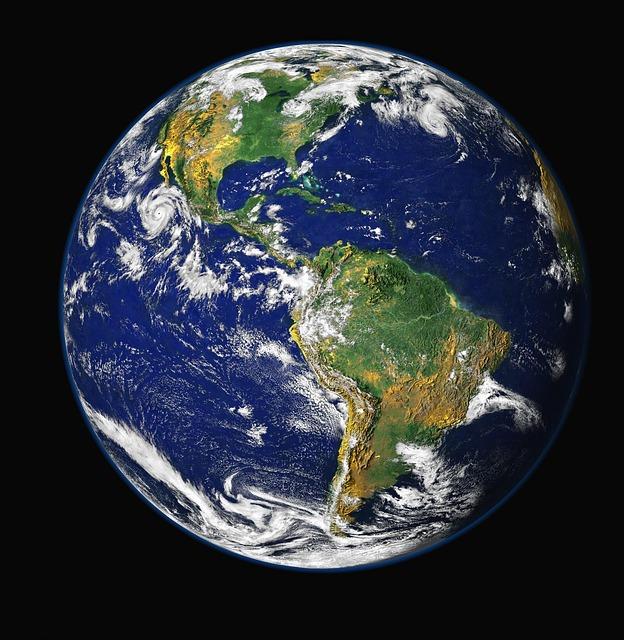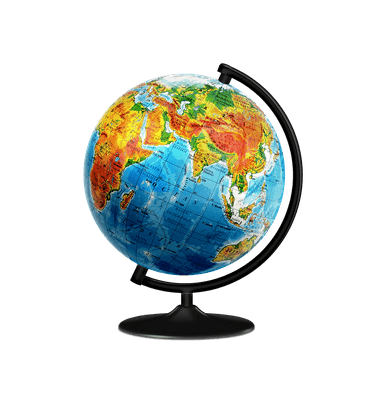Myths about teaching can hold you back
- Year 5
The shape of objects in space
You can consider evidence from space and describe the shapes of the Earth, the Sun, and the Moon.
- Year 5
The shape of objects in space
You can consider evidence from space and describe the shapes of the Earth, the Sun, and the Moon.
These resources were made for remote use during the pandemic, not classroom teaching.
Switch to our new teaching resources now - designed by teachers and leading subject experts, and tested in classrooms.
Lesson details
Key learning points
- Throughout history, people have disagreed about the shape of objects in space, such as planets, moons and stars.
- The Earth, Sun and Moon are approximately spherical in shape.
- Images and measurements taken from space provide evidence to help us understand the shape of objects in space.
Keywords
Earth - Earth is the planet on which we live
Sun - The Sun is a star and the centre of our solar system
Moon - Our Moon is an object that travels around planet Earth
Spherical - A shape that is spherical is perfectly round like a ball
Evidence - Evidence is information which helps us to prove that something is true or not true
Common misconception
Pupils may think that objects in space are flat, circular shapes rather than spherical.
Provide plenty of opportunities for children to use 3D models to represent the Earth, Sun and Moon, and look at images and simulations.
To help you plan your year 5 science lesson on: The shape of objects in space, download all teaching resources for free and adapt to suit your pupils' needs...
To help you plan your year 5 science lesson on: The shape of objects in space, download all teaching resources for free and adapt to suit your pupils' needs.
The starter quiz will activate and check your pupils' prior knowledge, with versions available both with and without answers in PDF format.
We use learning cycles to break down learning into key concepts or ideas linked to the learning outcome. Each learning cycle features explanations with checks for understanding and practice tasks with feedback. All of this is found in our slide decks, ready for you to download and edit. The practice tasks are also available as printable worksheets and some lessons have additional materials with extra material you might need for teaching the lesson.
The assessment exit quiz will test your pupils' understanding of the key learning points.
Our video is a tool for planning, showing how other teachers might teach the lesson, offering helpful tips, modelled explanations and inspiration for your own delivery in the classroom. Plus, you can set it as homework or revision for pupils and keep their learning on track by sharing an online pupil version of this lesson.
Explore more key stage 2 science lessons from the Earth, Sun and Moon unit, dive into the full primary science curriculum, or learn more about lesson planning.

Equipment
Selection of spherical objects, access to books and the internet for research
Licence
Prior knowledge starter quiz
6 Questions
Q1.This object in space is called the .

Q2.Which object would not make a good model of Earth?
Q3.Which object would make a good model of Earth?
Q4.Which word means shaped like a sphere?
Q5.Scientists tell us that Earth is approximately spherical. What does 'approximately' mean?
Q6.What is the name of this object that is used to represent the spherical Earth?



